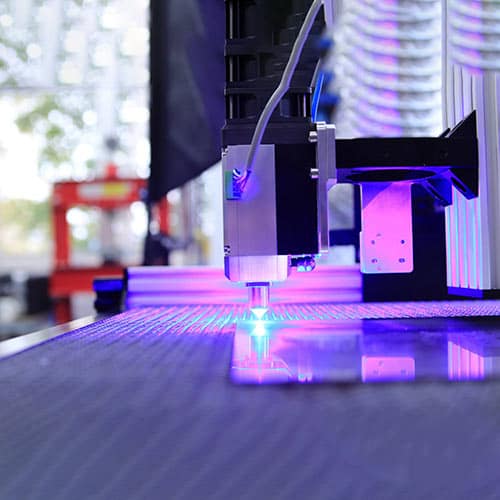Additive manufacturing, commonly known as 3D printing, has revolutionized the manufacturing industry by enabling the creation of complex objects from digital models. Unlike traditional subtractive manufacturing methods, which remove material to create a final product, additive manufacturing builds objects layer by layer. This article provides a detailed analysis of the evolution, impact, and future prospects of additive manufacturing.

I. Evolution of Additive Manufacturing
- Early Developments Additive manufacturing originated in the 1980s with the invention of stereolithography, a process that uses a laser to solidify layers of photopolymer resin. Over the next few decades, various technologies emerged, such as fused deposition modeling (FDM), selective laser sintering (SLS), and digital light processing (DLP), each with its unique applications and advantages.
- Technological Advancements Recent advancements in additive manufacturing include improved precision, increased build speeds, and the ability to use a wider range of materials, including metals, ceramics, and composites. These advancements have expanded the potential applications of 3D printing across various industries.
II. Impact of Additive Manufacturing
- Industrial Applications Additive manufacturing has had a profound impact on the manufacturing sector by enabling the production of complex and customized parts that are difficult or impossible to create using traditional methods. Industries such as aerospace, automotive, and medical have embraced 3D printing for prototyping, tooling, and end-use parts.
- Supply Chain Optimization Additive manufacturing reduces the need for inventory and simplifies the supply chain. Companies can produce parts on-demand, reducing lead times and the cost of storing large inventories. This localization of production can also lead to a more sustainable and resilient supply chain.
- Innovation and Design Freedom The design freedom offered by additive manufacturing encourages innovation. Engineers and designers can create optimized geometries and internal structures that enhance performance and reduce weight, leading to more efficient and environmentally friendly products.
- Education and Research Additive manufacturing has become an essential tool in education and research, allowing students and researchers to quickly iterate and test their designs. This technology has also facilitated the development of new materials and processes.
III. Challenges and Limitations
- Cost and Scale While the cost of 3D printers has significantly decreased, the cost of materials and the time required for printing can still be prohibitive for large-scale production. Additive manufacturing is often more suitable for low-volume, high-value applications.
- Quality and Consistency Ensuring consistent quality across printed parts can be challenging. Variability in the printing process and the properties of the materials can lead to part-to-part inconsistencies, which is a concern for industries with strict quality control requirements.
- Intellectual Property Concerns The digital nature of additive manufacturing raises concerns about intellectual property theft. The ease of sharing and modifying digital designs can make it difficult to protect proprietary products.
IV. Future Prospects
- Integration with Traditional Manufacturing The future of additive manufacturing lies in its integration with traditional manufacturing processes. Hybrid machines that combine additive and subtractive methods are already emerging, offering the benefits of both technologies.
- Materials Development The development of new materials compatible with additive manufacturing will continue to expand the technology’s applications. Advances in materials science will enable the creation of parts with enhanced properties and performance.
- Regulatory Framework As additive manufacturing becomes more prevalent, there will be a need for a regulatory framework to ensure the safety and quality of 3D-printed products, particularly in industries like healthcare.
- Environmental Impact Additive manufacturing has the potential to reduce waste and energy consumption compared to traditional manufacturing. However, the environmental impact of the materials and the printers themselves must be carefully managed to realize this potential.
Conclusion
Additive manufacturing has transformed the way objects are designed and produced, offering a range of benefits from increased customization to supply chain optimization. While challenges such as cost, quality control, and intellectual property remain, the future of additive manufacturing is promising. With continued technological advancements, materials development, and regulatory oversight, additive manufacturing is poised to play an even more significant role in the global manufacturing landscape, driving innovation and sustainability.